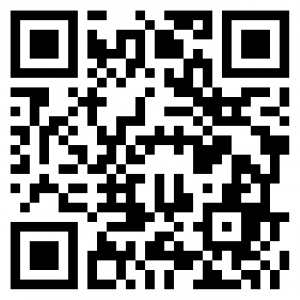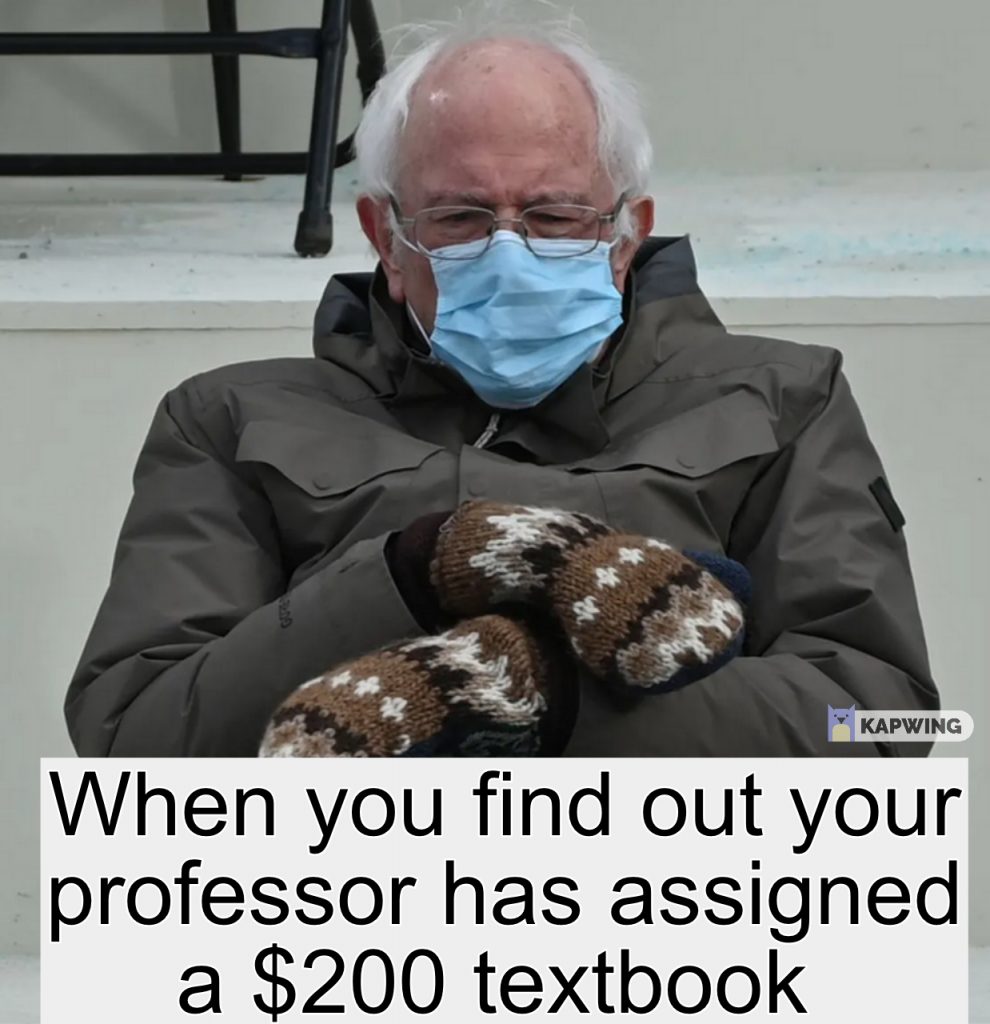OER 101
3 min. read
Open educational resources (OER) are research, teaching and learning materials intentionally created and licensed to encourage distribution, modification, and retention. Resources may be in the form of textbooks, multimedia, full courseware, and more.
Use of OER increases affordability of and access to educational experiences. It also encourages faculty experimentation with innovative pedagogies, and centers faculty expertise and scholarship.
The use of OER can improve lives by reducing the cost of university education, enhancing academic freedom, and increasing access to research, teaching, and learning opportunities.
In short:
Why Does This Matter?
A 2020 study found that at least 89% of undergraduate students report increased stress levels due to textbook costs (Jenkins et al., 2020). In order to cope with textbook costs, that same study shared that over 60% of the students reported not purchasing the required text, with 30% of students doing so even when they know it will hurt their grade.
Students who cope with textbook costs by taking fewer courses each semester take longer to finish their degrees, and many avoid specific courses or even change majors because of the cost of textbooks. You have no doubt had your own experiences with this, or know others who have. The wheel below is populated based on the findings described above. Give it a spin.
I always think maybe it is broken, because negative outcomes come up so often. But it isn’t. That’s really what things are like for a lot of people. But you know that, you are living it, you don’t need me to tell you.
College is expensive, and that makes it less accessible for many. Major expense categories for students include tuition and fees, room and board, books and supplies, personal expenses, and transportation (OEN, 2021). Since books and supplies are not the highest cost leading to these affordability issues, you might ask, “why are we talking about this one?”. Here’s why.
Books and supplies are one cost that faculty can directly impact. Academic freedom means that faculty, for the most part, have the agency to choose whatever resources they feel will create the best learning, teaching, and research environment for their students. Additionally, the cost of books and supplies has a disproportionate impact of the academic success of students. It makes hard things even more difficult. If we can fix that, we should.
What Would You Say?
Do the student statements shared above seem familiar? Click on the Padlet below (or scan the QR code to navigate to the Padlet on another device) and share your thoughts about textbook costs. After that, read on to learn how OSU Libraries and OpenOKState are partnering with others to help reduce textbook costs.

Reviewed 8.30.2025, KE


